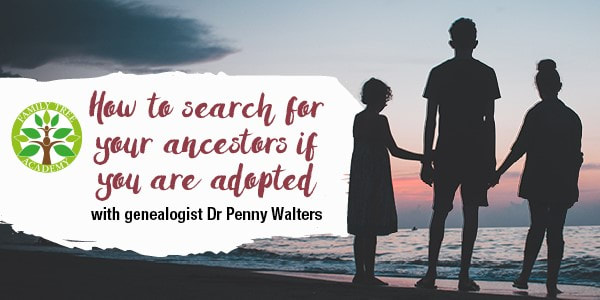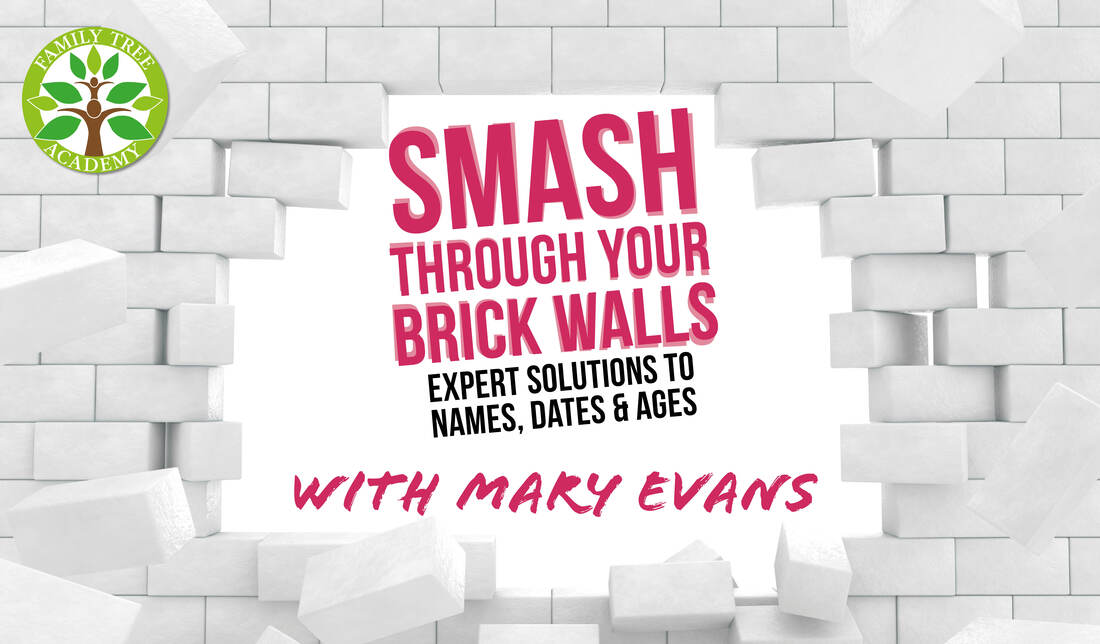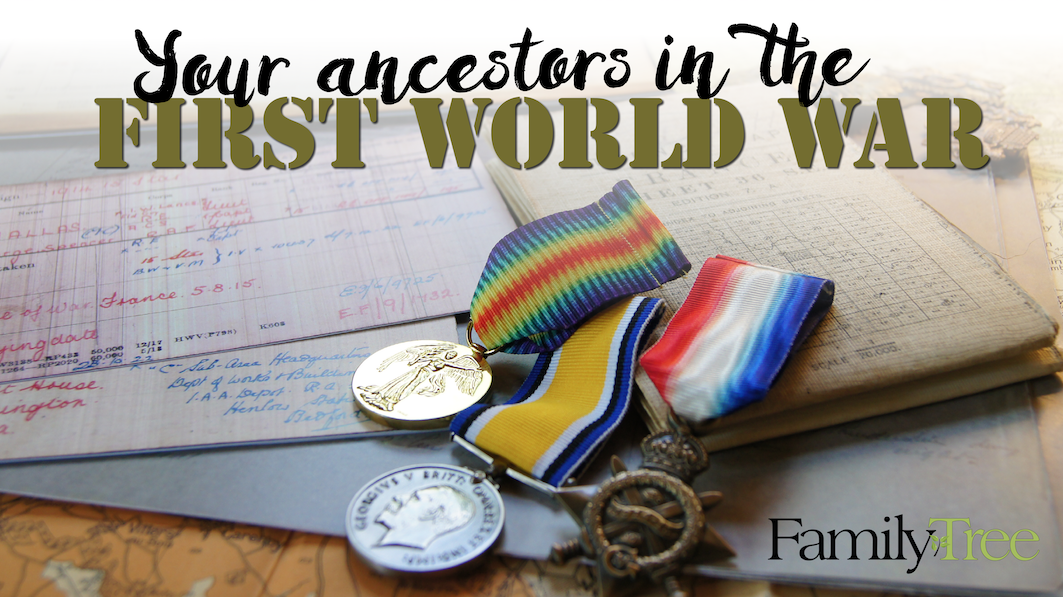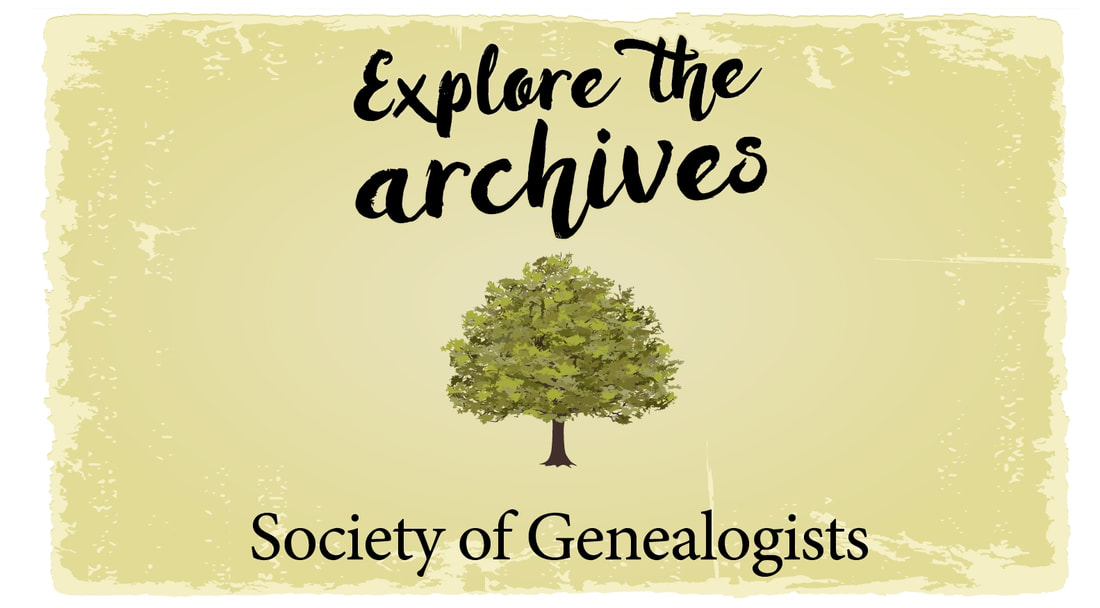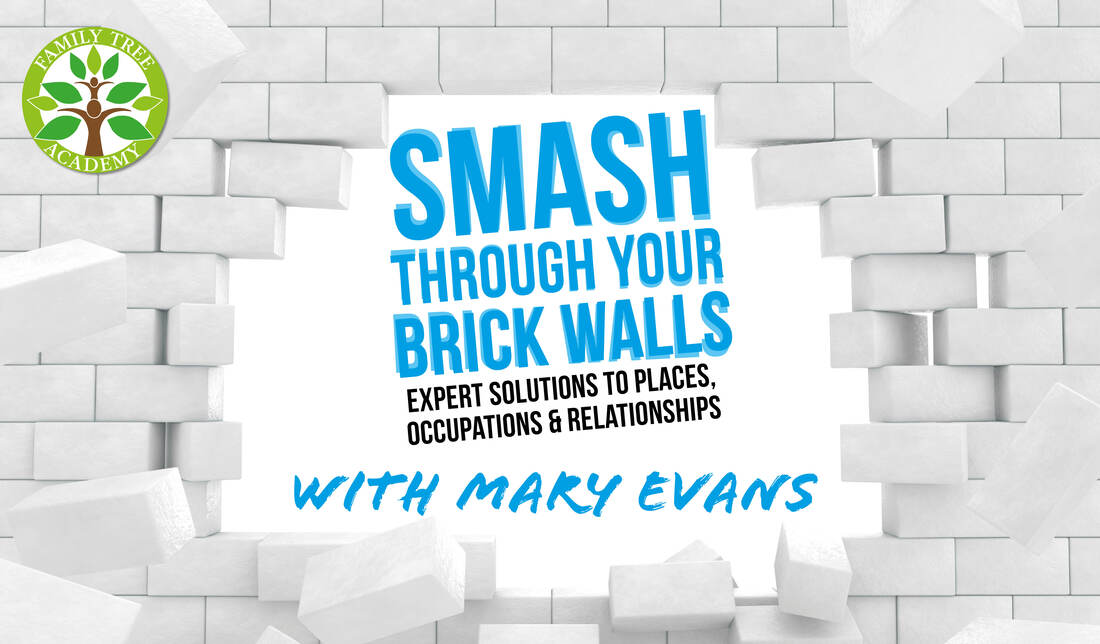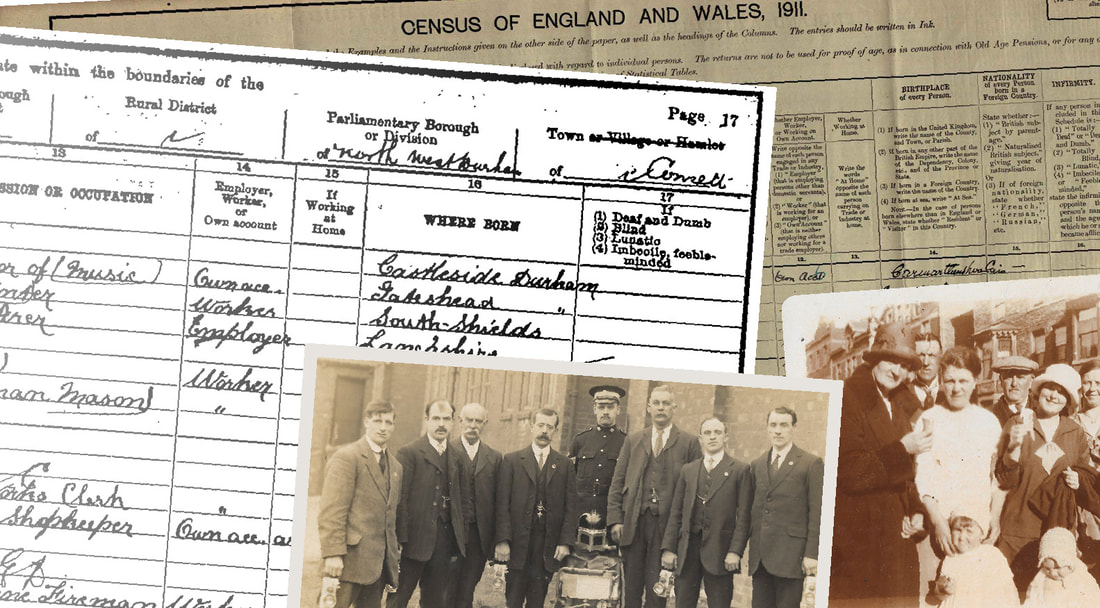https://www.family-tree.co.uk/courses-and-downloads/how-to-search-for-your-ancestors-if-you-are-adopted-including-using-d/
But what if this is not that obvious? What if you find out through a DNA test that your father is actually not your biological father? Of what if you are adopted? Penny Walters’ course ‘How To Search For Your Ancestors If You Are Adopted’ made me understand that it can be very important for someone to know more about biological parents while that search is not only emotional but also complicated.
After a short introduction of the topic, Penny explains she herself is an adoptee. At some point she wondered: “am I a Walters, a Davies or an O’Neill?” She even started to worry: “what if my parents had not chosen me, but someone else? What would have become of me then?” In the 78 minutes video Penny starts with demonstrating how words matter when talking with adoptees or about adoption situations. A question like “have you ever found your REAL family?” might be hurtful. She then talks about the reasons why someone wants to find birth parents. It might out of curiosity but also health issues may be an important trigger.
Important for the search for ancestors by adoptees are the tips that Penny gives. For example how to find a birth certificate and how to start a paper trail for the biological parents. In the end it turns out that working on a family tree of an adoptee is pretty much similar to working on other family trees. A very important research method for adoptees is the use of DNA. Penny demonstrates how DNA can be used to find relatives. The course ends with bonus materials: the slides that Penny uses in the video and the article she wrote for the August 2019 edition of Family Tree Magazine.
The video also makes clear that looking for biological relatives might be like “opening a can of worms”. This is the point where a link between this course and Penny Walter’s other course ‘How To Tackle Ethical Dilemmas For Genealogy’ becomes apparent.
